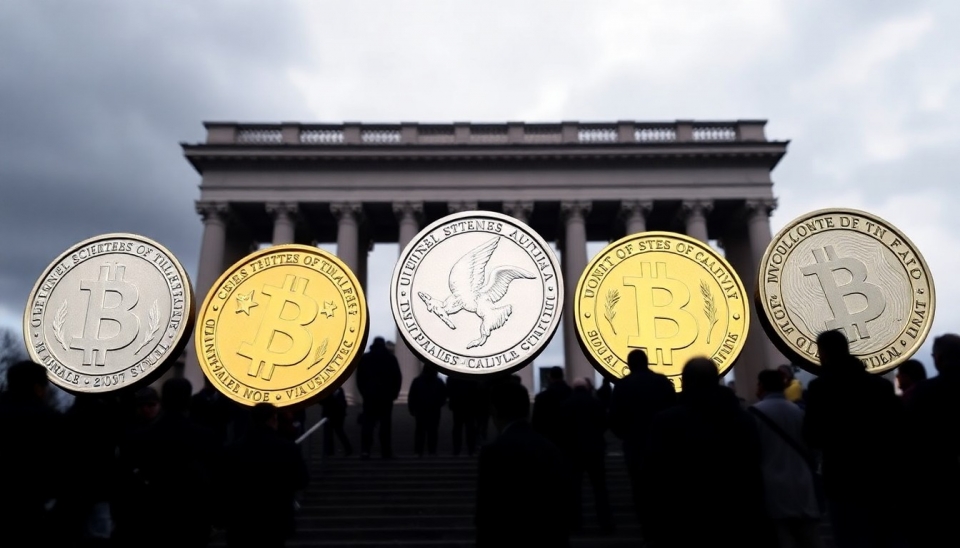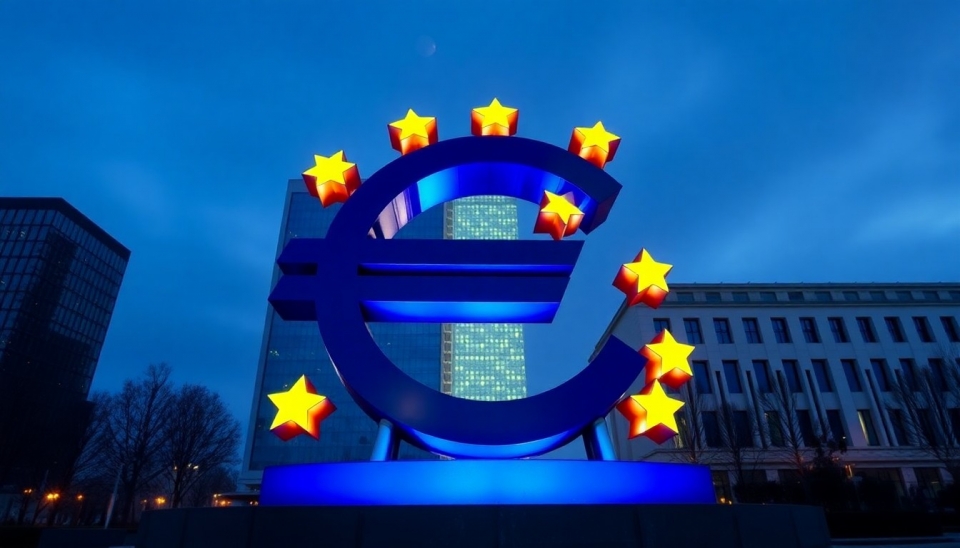
In recent weeks, the global economic landscape has been characterized by volatility largely stemming from fluctuating tariff rates. As businesses and consumers alike grapple with heightened uncertainty, stablecoins have emerged as a financial refuge in this chaotic environment. While Treasury bonds have shown signs of faltering, digital assets pegged to traditional currencies or commodities are increasingly seen as a means for preserving value, highlighting a shift in the traditional investment paradigm.
The recent turmoil can be attributed to escalating trade tensions among major economies, which have led to unpredictable tariff changes. As companies navigate these challenges, many have started to reevaluate their strategies for maintaining liquidity and safeguarding their financial assets. The result has been a notable uptick in interest in stablecoins, which are designed to maintain a stable value by being pegged to internationally recognized currencies like the US dollar or even commodities such as gold.
Investors are turning to stablecoins for a variety of reasons. Their design allows for easy transfer and conversion at minimal costs, a feature that is particularly attractive during times of economic upheaval. Unlike traditional financial instruments that can be impacted by market sentiment and geopolitical events, stablecoins offer a more predictable avenue for wealth storage. This reliability has become vital for many, particularly as fears of inflation continue to loom large on the horizon.
The soothing effect of stablecoins is compounded by the current struggles facing Treasury securities. With rising interest rates and changing economic policies, Treasury bonds have been less appealing to investors seeking safe haven assets. Concerns about shrinkage in returns alongside geopolitical uncertainties are driving a migration towards cryptocurrencies, specifically stablecoins. As more investors become wary of traditional assets, the appeal of stablecoins grows, acting as a buffer against the negative impacts of market fluctuations.
Moreover, the convenience of utilizing stablecoins for cross-border transactions has made them an attractive proposition for many businesses aiming to sustain operations amid rising tariffs. The frictionless nature of digital currencies allows for quicker settlements and reduced transaction costs, which is crucial in a market characterized by unpredictability. As digital economies expand, the potential of stablecoins to facilitate smooth transactions in a turbulent environment becomes increasingly pronounced.
As investors gravitate towards these digital assets, it begs the question of whether stablecoins will continue to play a critical role in future financial landscapes. The growing acceptance of stablecoins and recognition of their potential as alternative assets signal a pivotal moment in finance. If current trends persist, it could lead to more robust regulatory frameworks surrounding digital currencies, further embedding their place within the global economy.
In conclusion, while traditional Treasury securities are currently facing challenges, stablecoins have proven to be resilient investments in the face of tariff chaos and economic instability. As we continue to navigate these turbulent times, the role of stablecoins as a reliable financial tool seems poised only to strengthen, suggesting a compelling shift in how we think about value preservation in our increasingly digital world.
In the unfolding narrative of economic resilience, one aspect remains clear: the future of finance may very well be influenced by the stablecoin phenomenon, as they gain widespread acceptance and usage across various sectors of the economy.
#Stablecoins #Treasuries #TariffChaos #EconomicStability #DigitalAssets #InvestmentStrategies #FinancialResilience #Cryptocurrency #FutureOfFinance
Author: Sophia Reynolds




